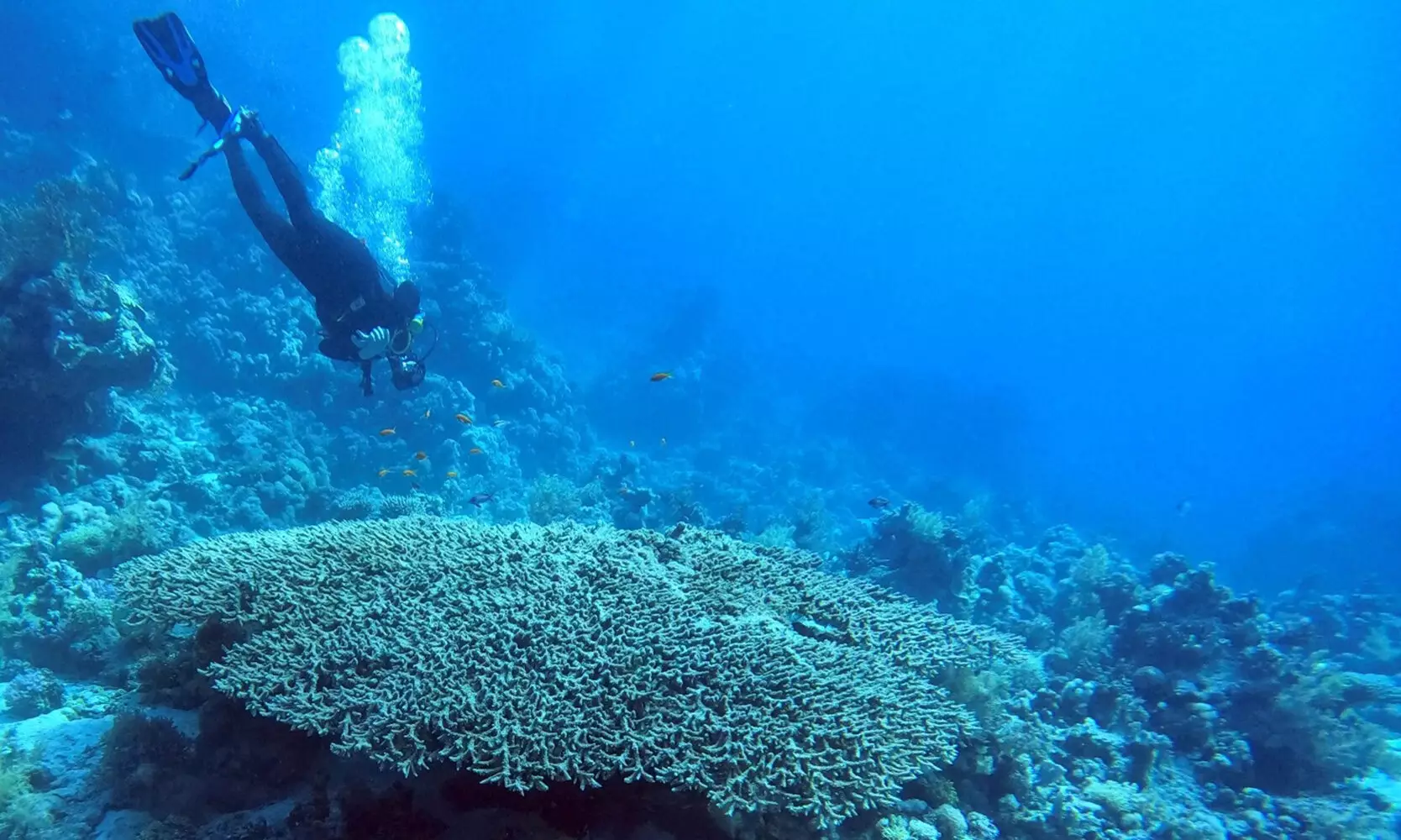Reconstructing ancient ocean temperatures is a complex task that scientists have been attempting by analyzing the ratio of different oxygen atoms in the calcium carbonate remains of fossils. This process, however, comes with its challenges. One of the main difficulties is the presence of biological processes known as “vital effects,” which can significantly impact the data obtained from corals.
The Role of Oxygen Isotopes
The hard structure of coral, known as the “coral skeleton,” is composed of calcium carbonate, the same material found in limestones. Through selective incorporation of different forms of oxygen isotopes, corals, along with other marine organisms, provide valuable information about ancient ocean temperatures. Specifically, the ratio of heavy oxygen-18 isotope to light oxygen-16 isotope in carbonates can indicate the ambient seawater temperatures of Earth’s distant past.
In a recent study led by the University of Göttingen, researchers have shed light on a new approach to improve the accuracy of reconstructing ancient ocean temperatures. By examining the abundance of a third, very rare oxygen isotope – oxygen-17 – scientists can discern whether the isotopic composition was solely influenced by temperature or if biological effects also played a role. This discovery opens up new possibilities for more precise climate reconstructions.
The incorporation of the triple oxygen isotope method, involving the analysis of oxygen-17, presents a breakthrough in the field of paleoclimate research. This method, although complex and challenging, offers a more accurate way to correct for vital effects in carbonates, such as coral skeletons. The stable isotope laboratory at the Göttingen University, equipped with tunable diode laser absorption spectroscopy, is among the few in the world capable of conducting such analyses.
The application of triple oxygen isotope analyses not only enhances the accuracy of determining past ocean temperatures but also provides valuable insights into the biomineralization processes of different coral species. The study’s lead researcher, Dr. David Bajnai, expressed excitement about the potential of this method in expanding the scope of paleoclimate research. Additionally, Professor Daniel Herwartz highlighted the significance of understanding vital effects in corals, particularly in relation to CO2 absorption processes.
The investigation into ancient ocean temperatures is constantly evolving, with new methods and technologies pushing the boundaries of our understanding. The discovery of the triple oxygen isotope method represents a significant advancement in the field, offering researchers a more precise and reliable tool for reconstructing the Earth’s climate history. Through continued research and innovation, scientists aim to unlock further mysteries of the past, ultimately leading to a comprehensive picture of our planet’s changing climate over millions of years.



Leave a Reply